Outlaw country is a notable subgenre of country and western music that came to light in the late 1960s and early 1970s. It was a pretty big deal at the time. Around that era, country music was quite clean and traditional. Outlaw country managed to be both traditional and outlandish in comparison to other country subgenres from the time. Widely considered to be a form of “alternative” country music, outlaw country took the old cowboy sound and made it notoriously rebellious.
Videos by American Songwriter
The birth of the outlaw movement came from a then-small group of musicians who wanted to have complete creative freedom over their music. That required them to (figuratively) operate on the outskirts of the Nashville scene.
Does that sound familiar? Around the same time (just a few years later), punk rock music in the United States and England would emerge with the same ethos: Complete DIY control over one’s music outside of the sphere of mainstream music consumption. Outlaw country and punk rock have quite a bit in common!
Outlaw Country Music and Punk Rock Have a Lot in Common
When it comes down to it, outlaw country music and punk rock couldn’t sound more different from a musical perspective. However, it’s their shared investment in rebellion, anti-industry sentiments, and DIY ethics that make them quite similar to one another.
Notable outlaw country acts include Willie Nelson, Jerry Jeff Walker, Waylon Jennings, Kris Kristofferson, and many more. Those artists didn’t fit the description of a country crooner with a tucked-in shirt and pristine pair of cowboy boots. Waylon Jennings was disheveled about 95% of the time, and Willie Nelson boasted long braids and a joint in hand.
Likewise, early punk rock figures like Sex Pistols and The Clash didn’t fit the description of mainstream rock acts with glammed-up hair. They were dirty and grungey, with then-insane hairdos and patched-together clothing. They took the notion of “DIY” to another level, including aesthetics.
But these two relate to one another through so much more than just distinctive aesthetics. Specifically, they were the natural result of an often oppressive and commercialized mainstream music industry. Outlaw country musicians weren’t interested in the sleek production and very limiting recording structures of Nashville. Likewise, punk rockers were sick of how overproduced rock music had become. Both outlaw country and punk rock were born of the same need: To do it yourself, the way you want, and to rebel against the status quo.
Photo by Tom Hill/WireImage
When you purchase through links on our site, we may earn an affiliate commission.


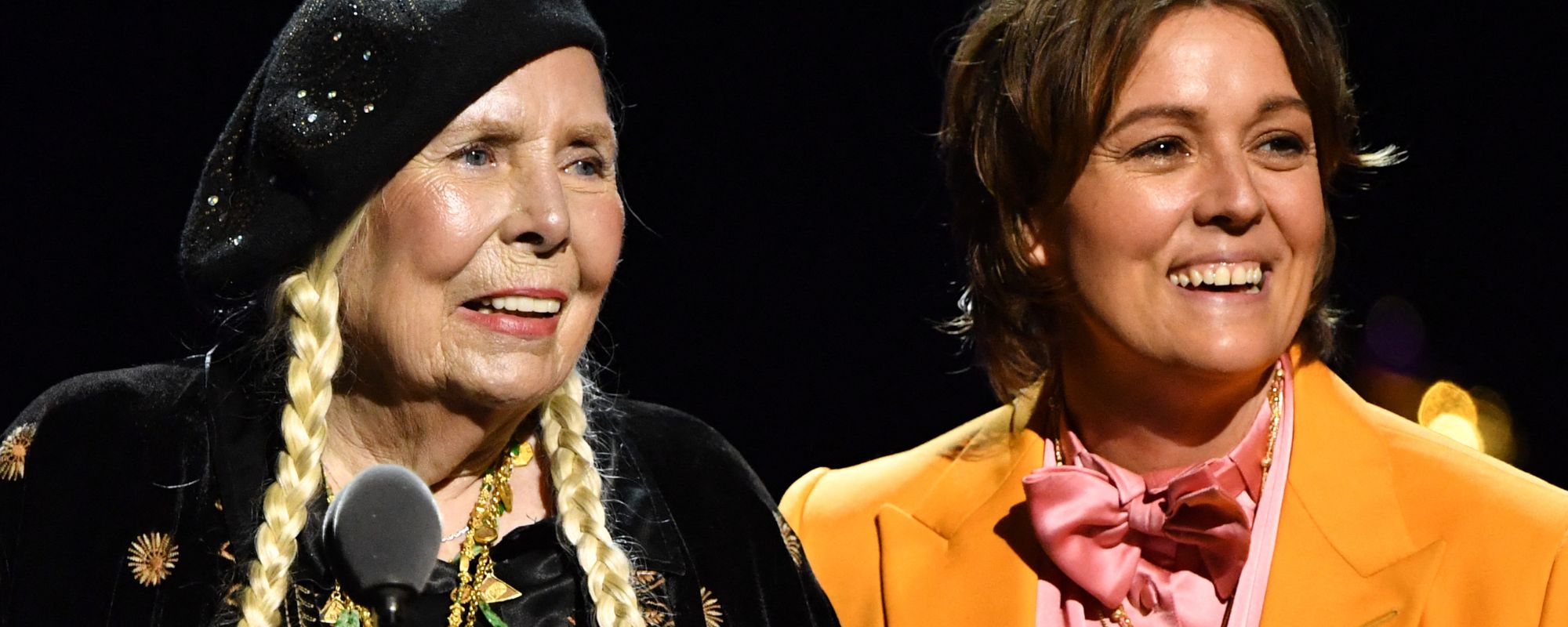
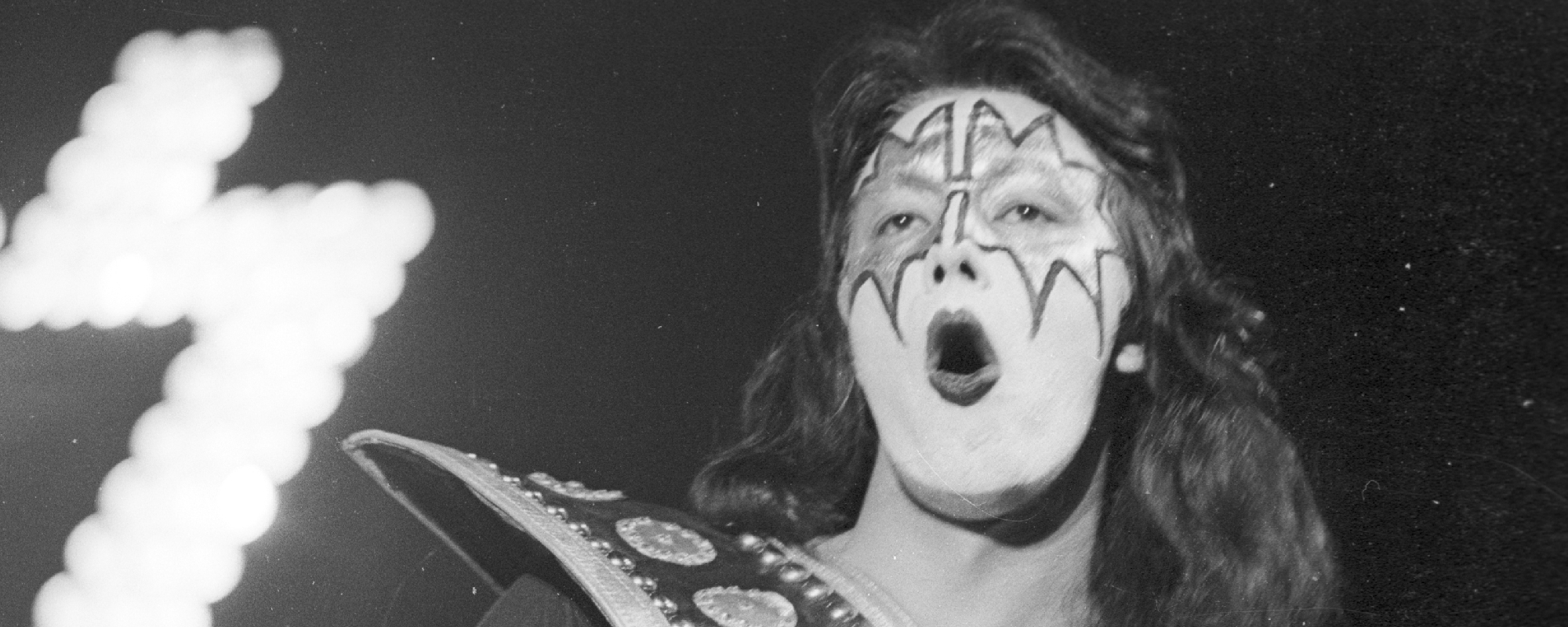
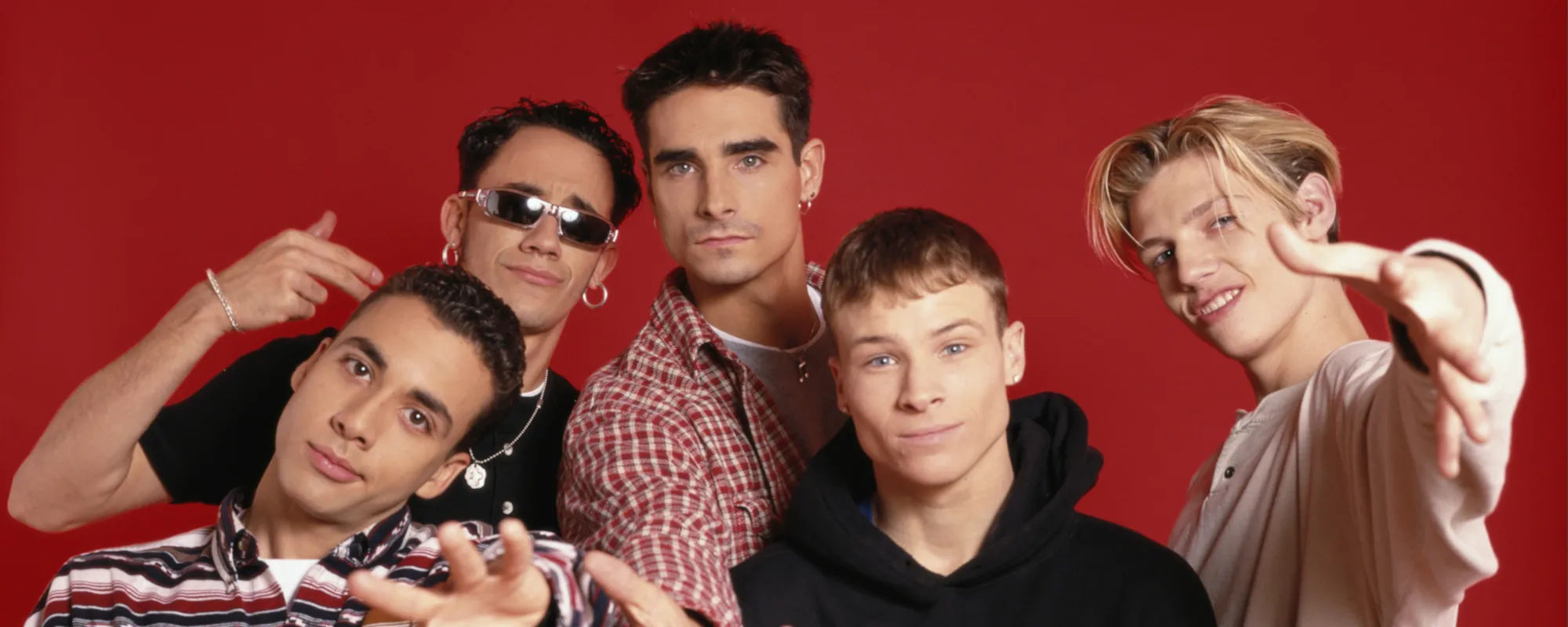

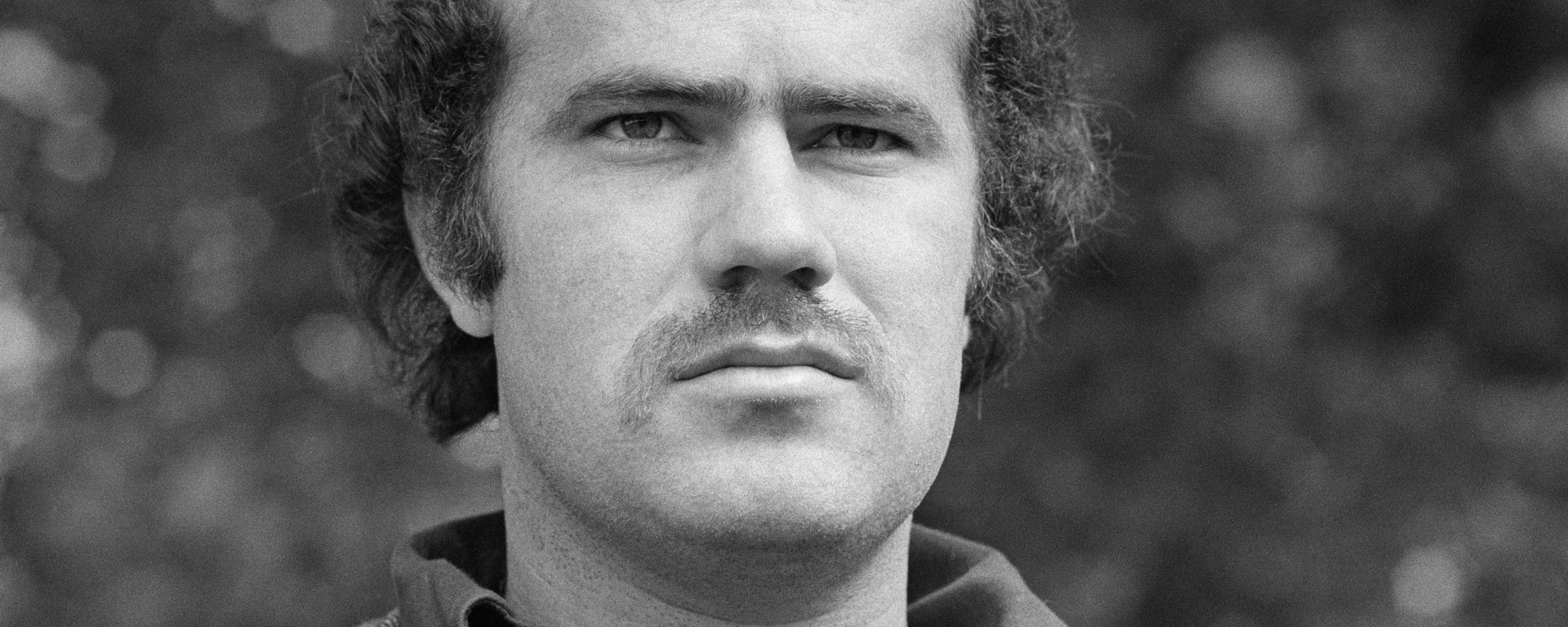
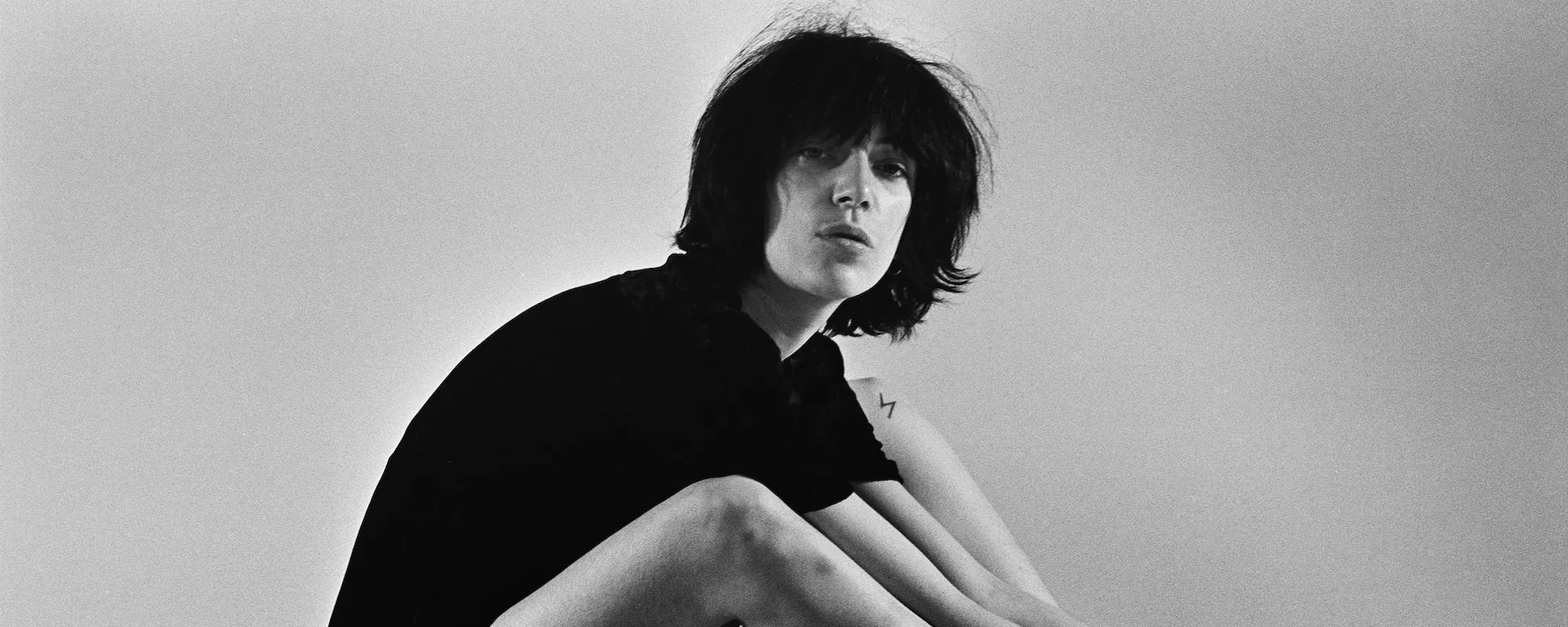
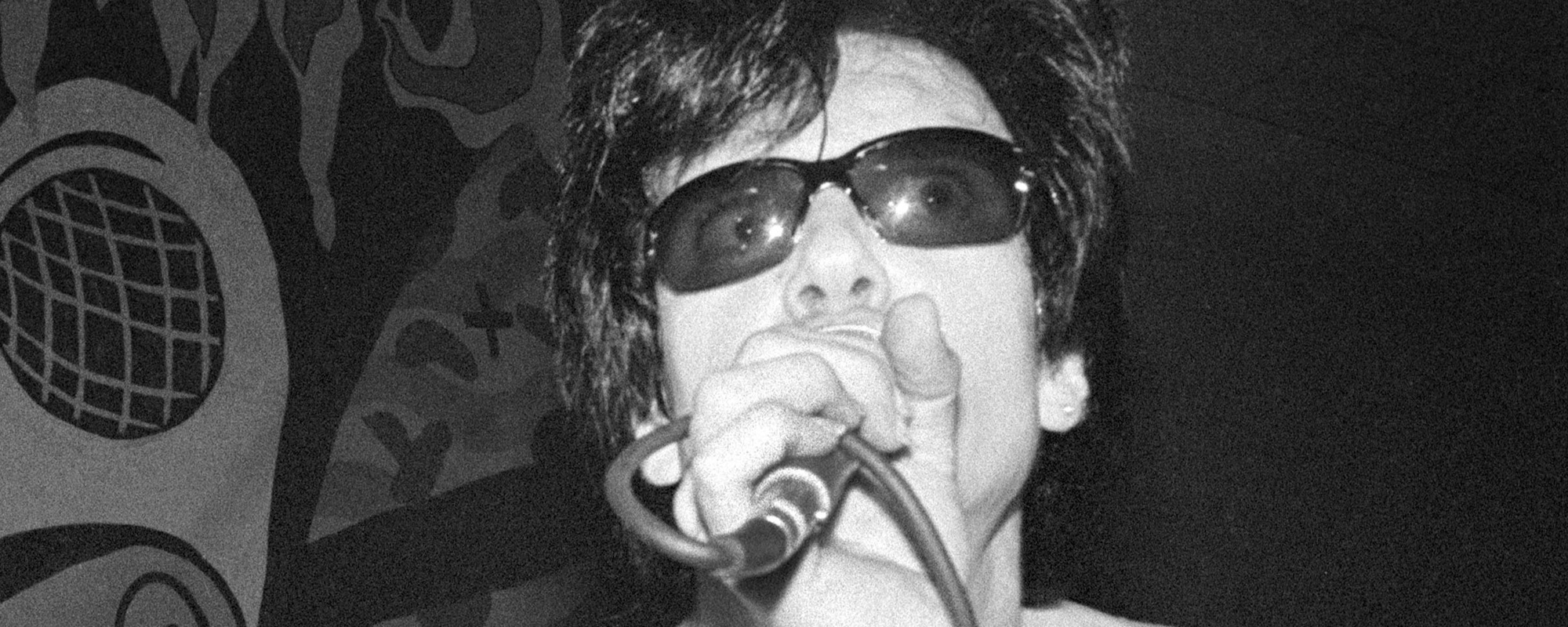

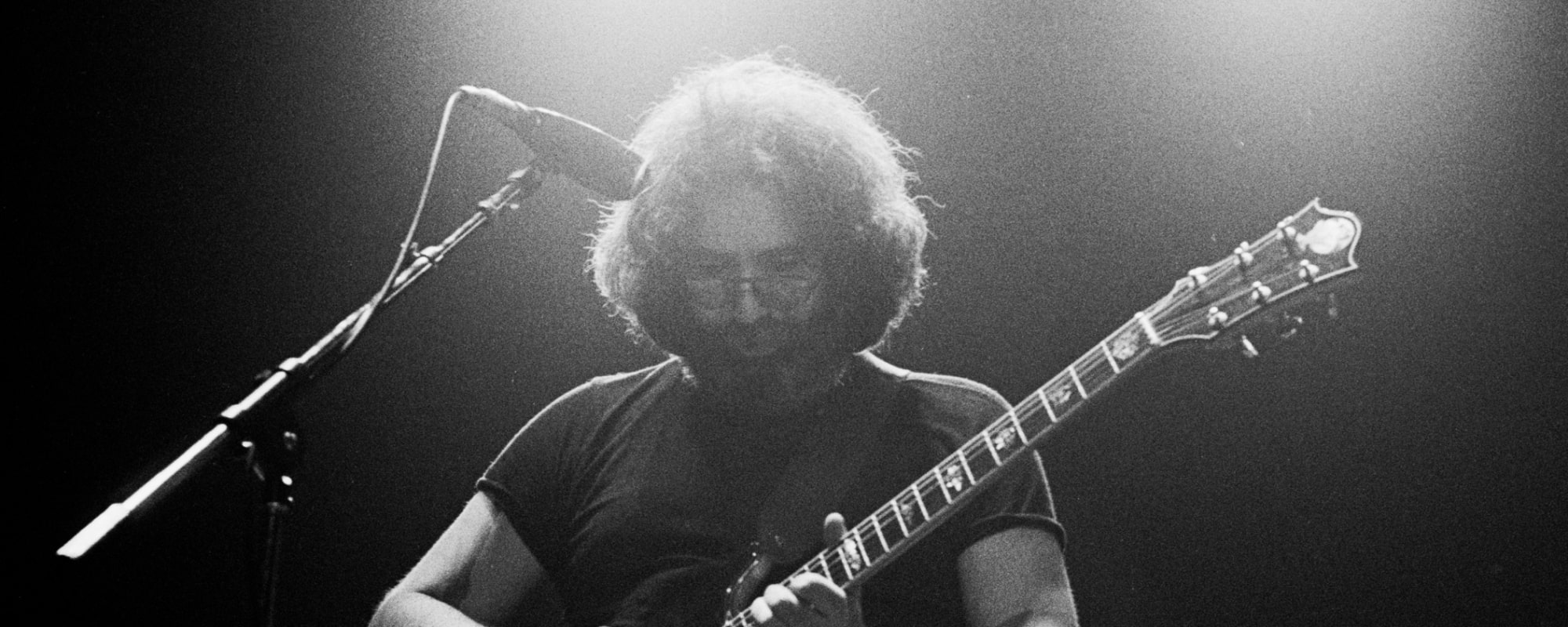
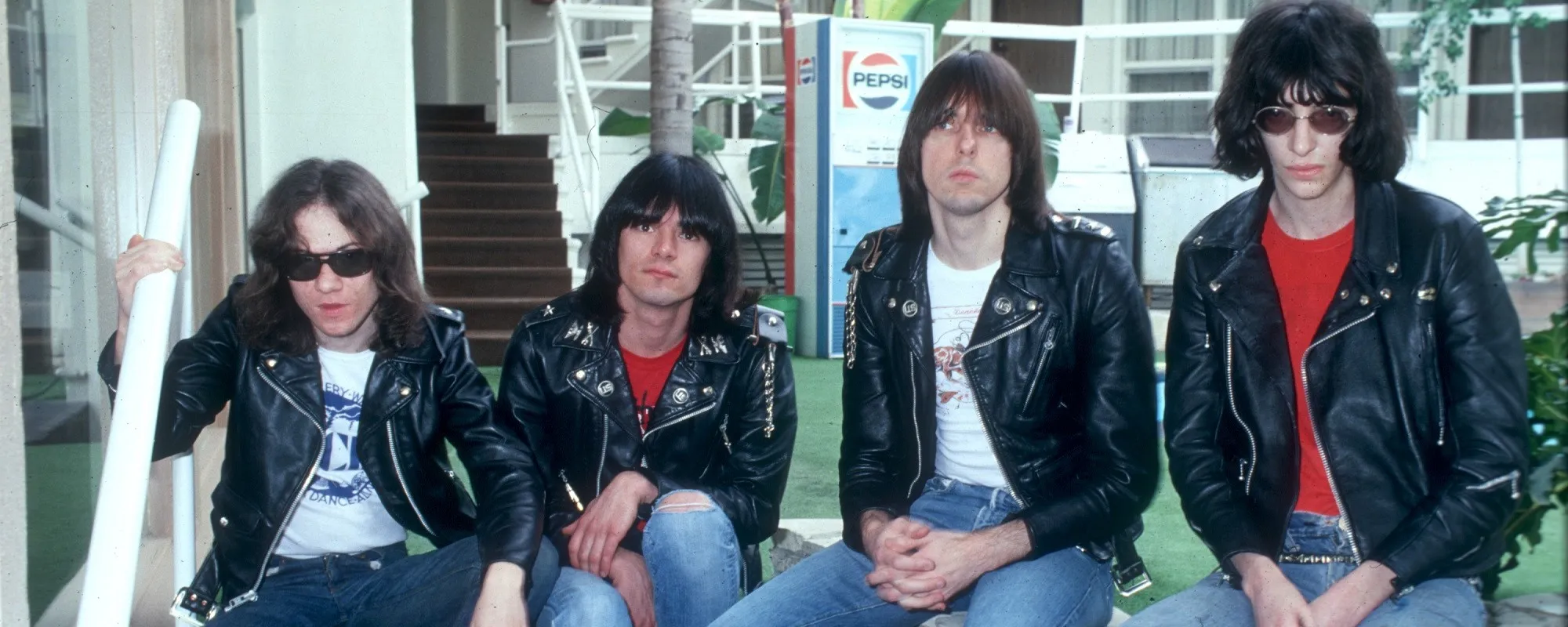
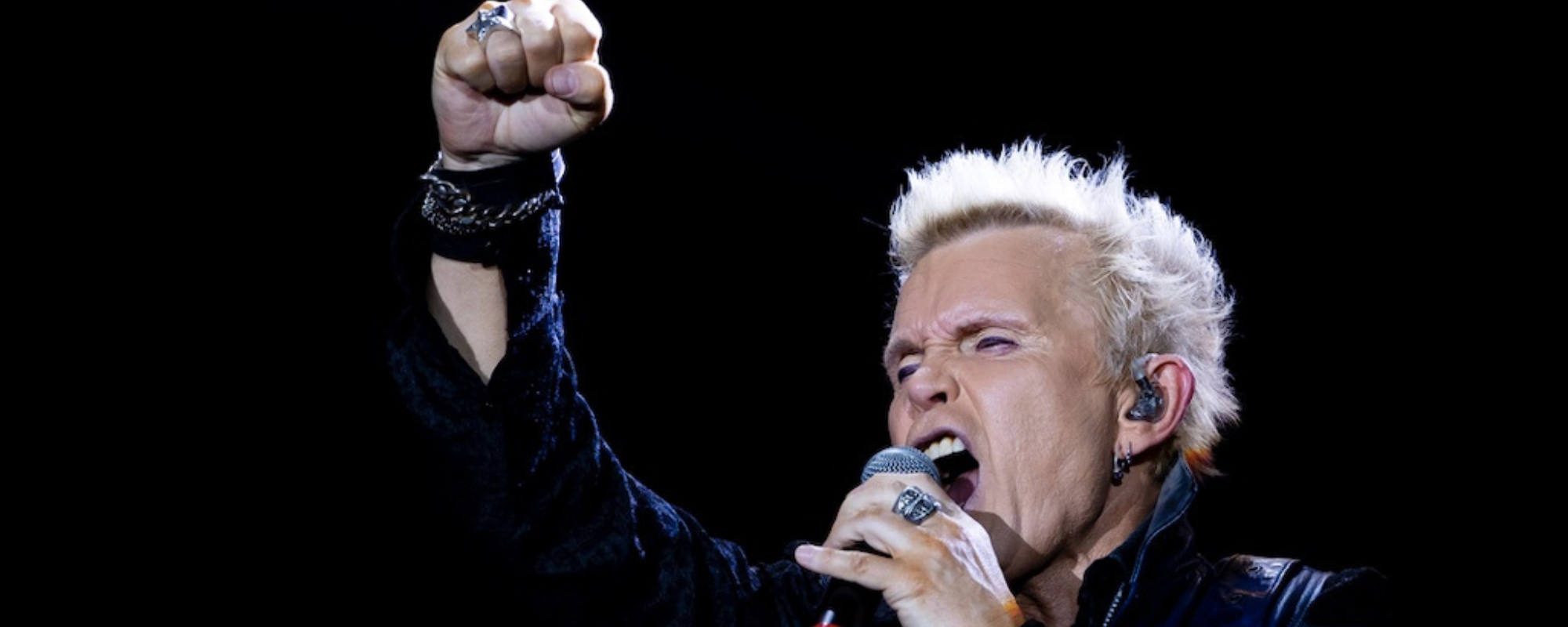
Leave a Reply
Only members can comment. Become a member. Already a member? Log in.